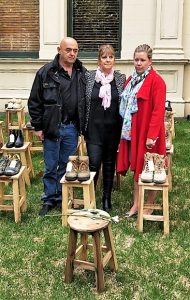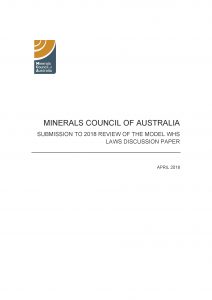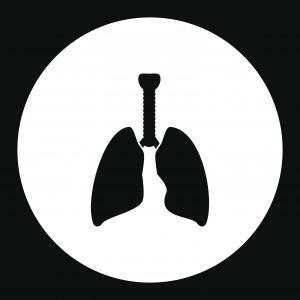
On the issue of Industrial Manslaughter laws, Lana Cormie (pictured far right) said:
“Employers need to have motivation to do the right thing, ’cause clearly they don’t do it off their own back. So, if that means, if this’ll be the difference between them making OH&S a high priority and not, then it needs to be done. And I think all the other benefits for the men on the ground, and the women on the ground, will filter down from that. “
Her comments on International Workers Memorial Day emphasises that the introduction of these laws is not so much about new laws but the failure of the existing ones and of their application. Over time, the general commitment to implementing occupational health and safety (OHS) has declined in many workplaces or, at least, has not progressed in the way expected by the safety law makers of the 1970s and 1980s.
Government has relied on the increase of financial penalties as the major deterrent Continue reading “Why are we arguing about Industrial Manslaughter laws?”

 The Melbourne ceremony for
The Melbourne ceremony for 

 Australia’s Royal Commission into banking and financial services is a few months in and the evidence provided of wrongdoing is so substantial that those who were critical of the need for such an investigation are admitting they were wrong.
Australia’s Royal Commission into banking and financial services is a few months in and the evidence provided of wrongdoing is so substantial that those who were critical of the need for such an investigation are admitting they were wrong. The
The 